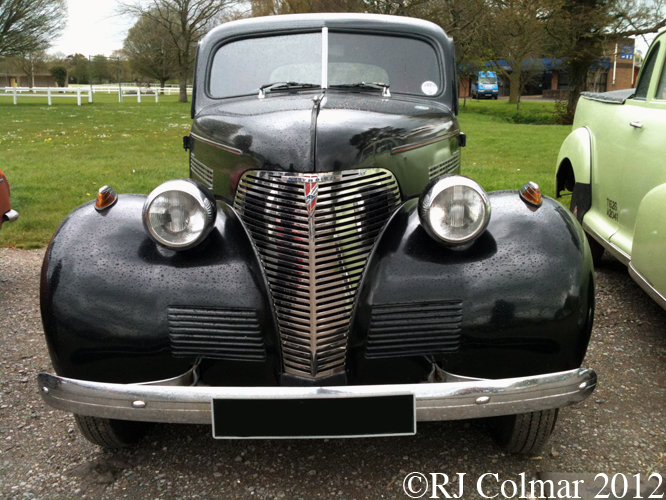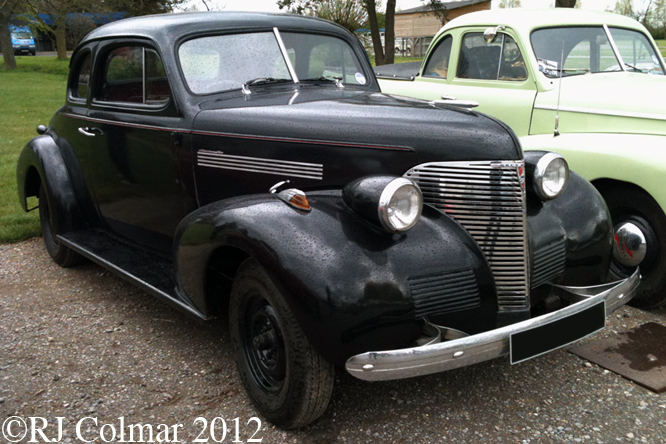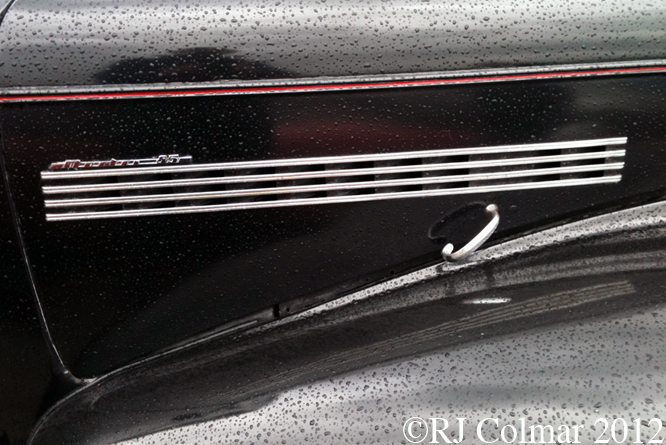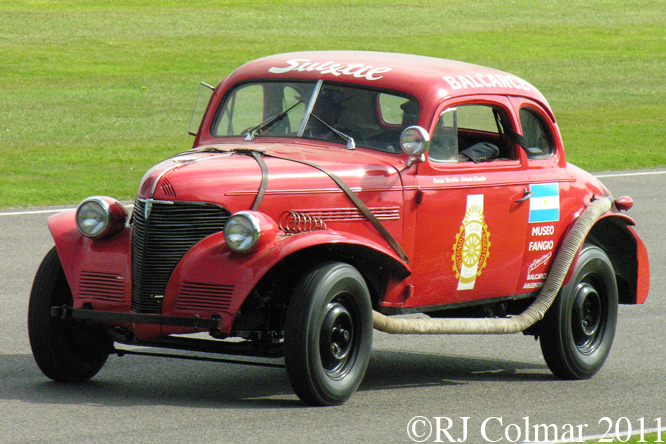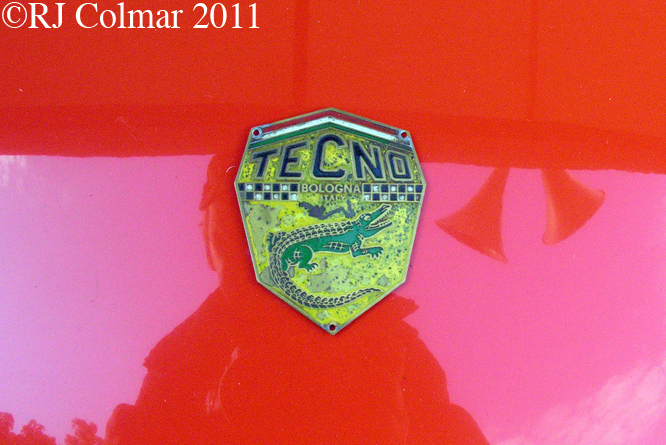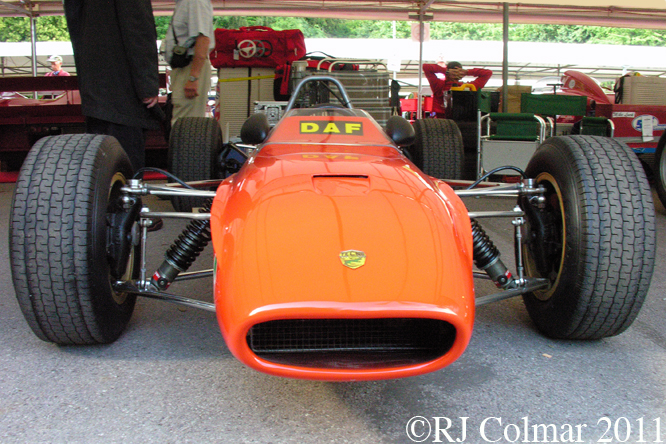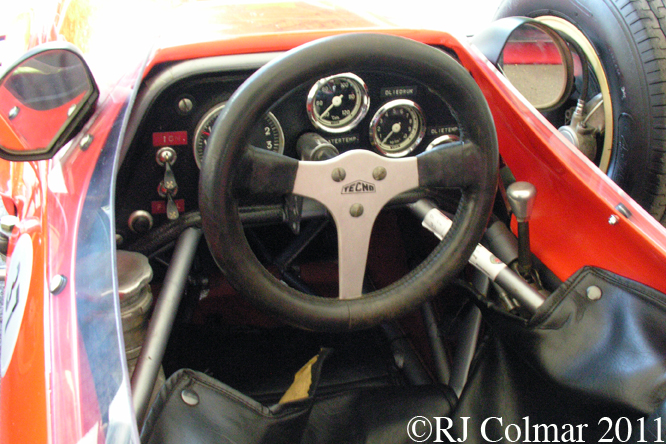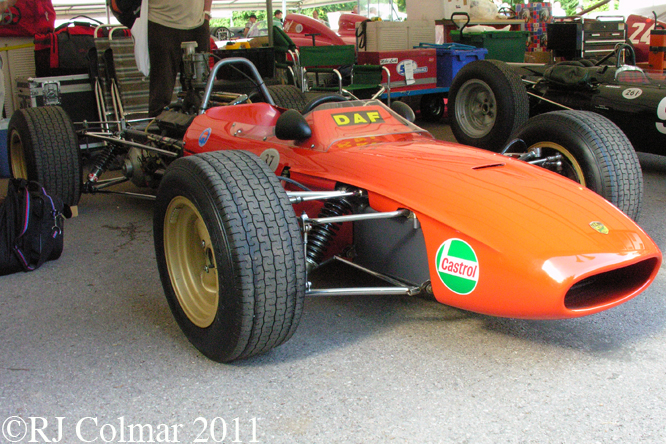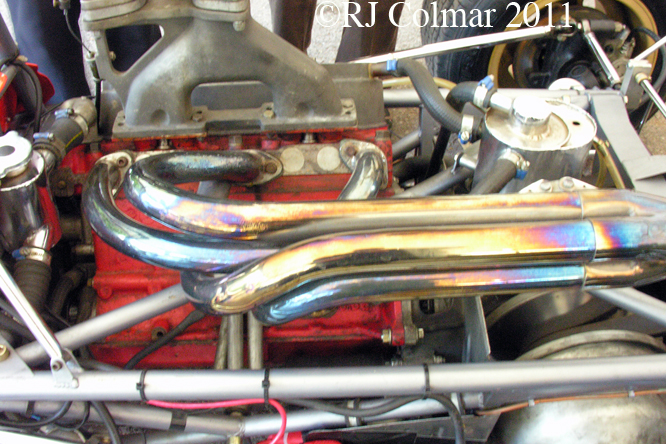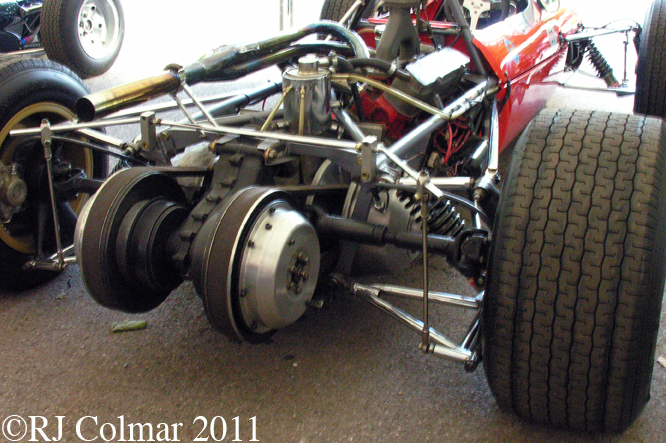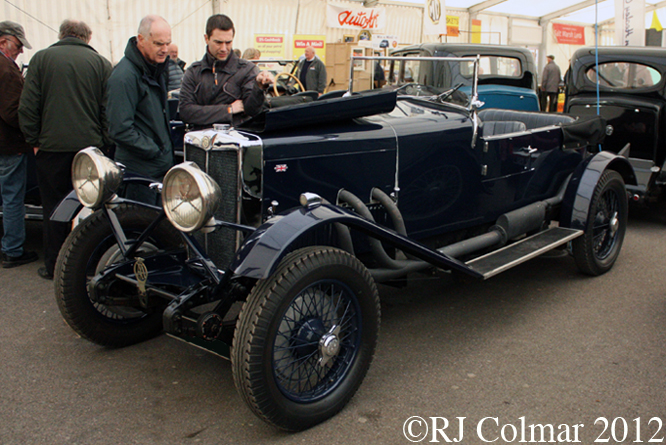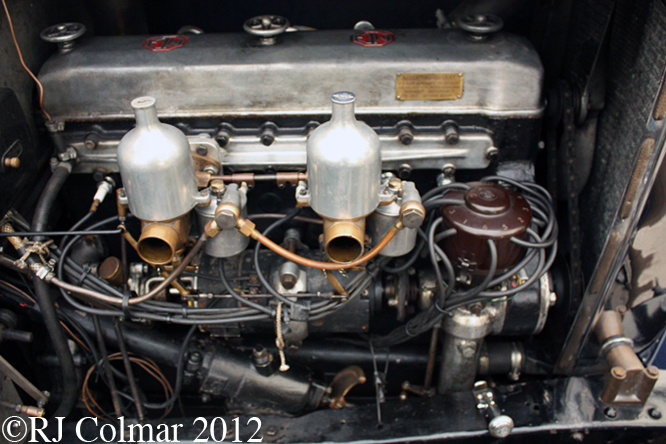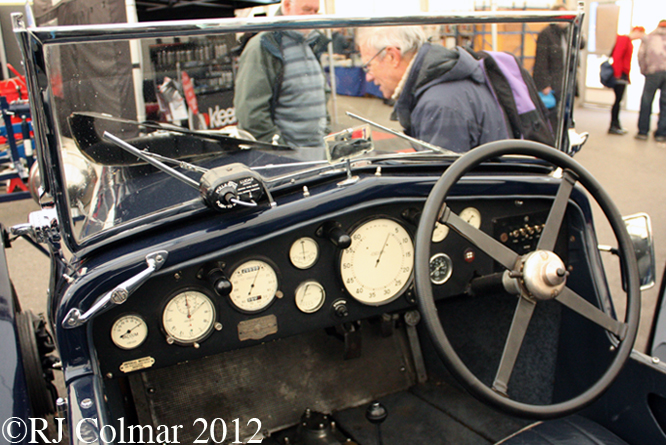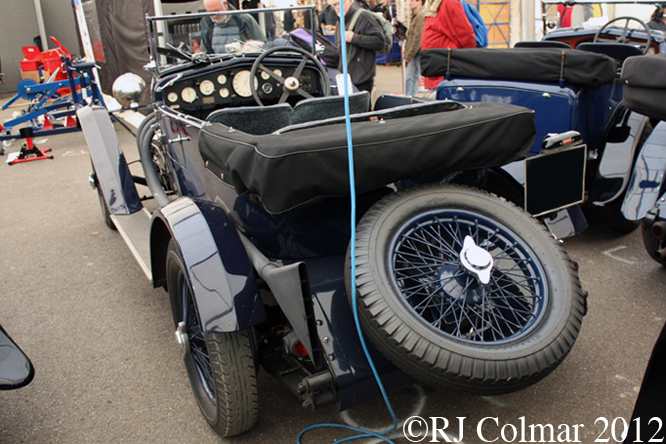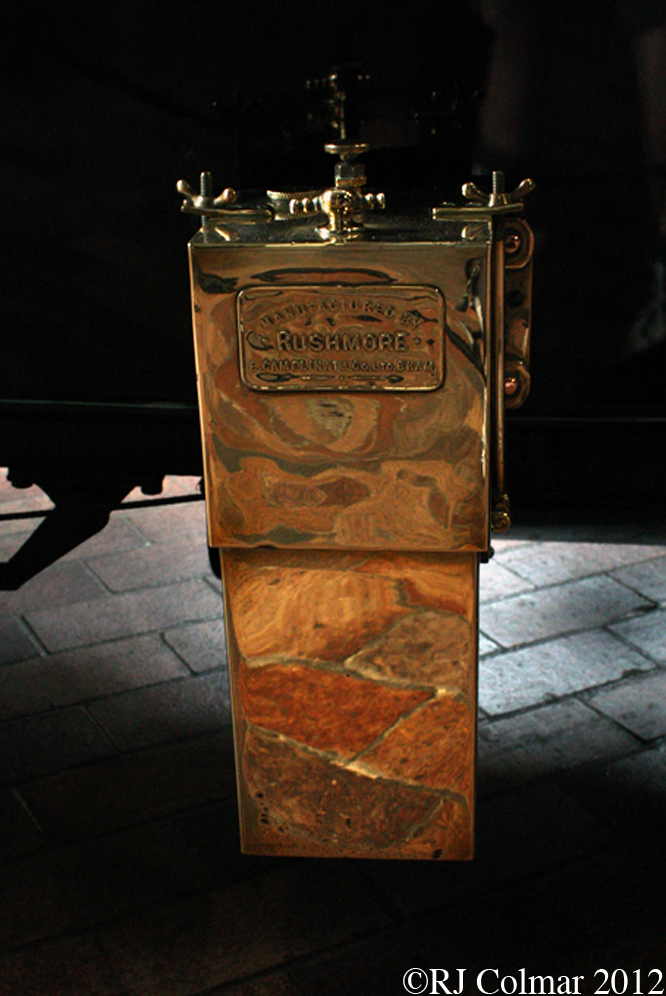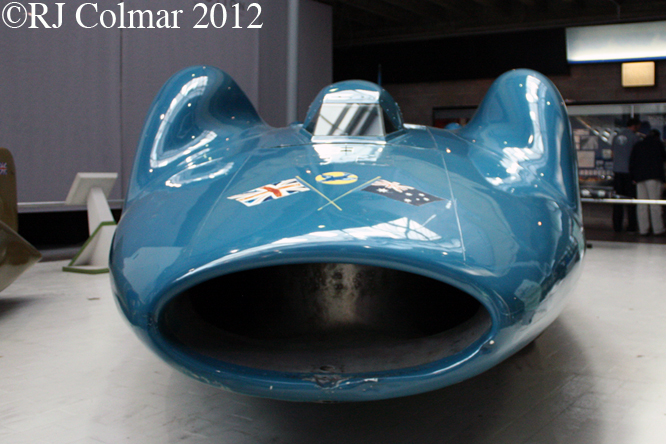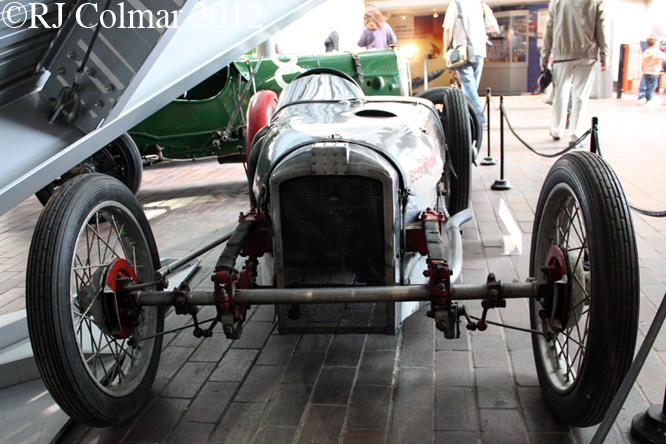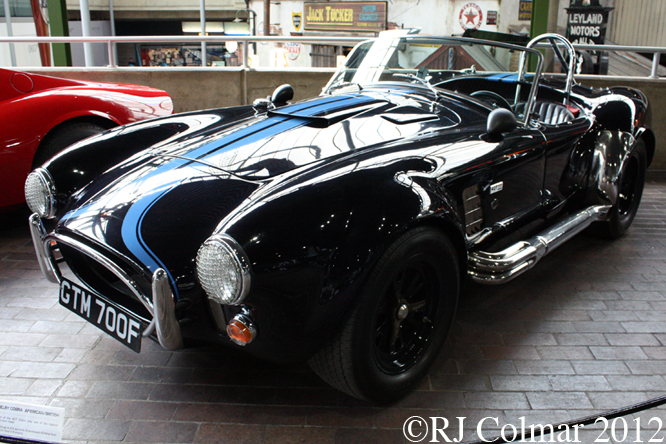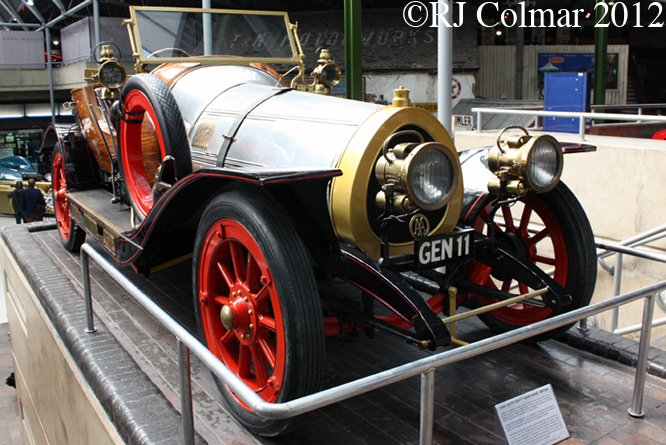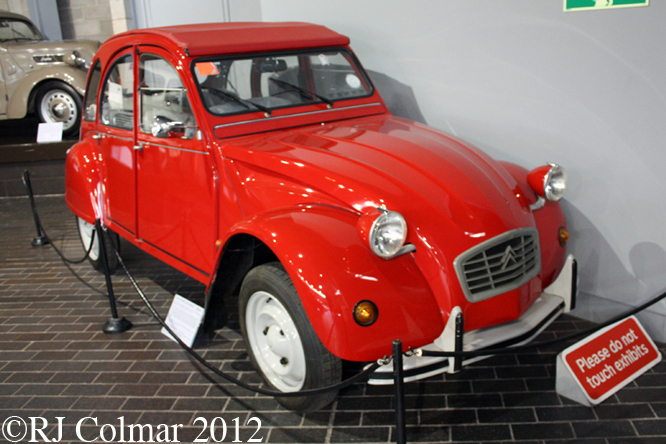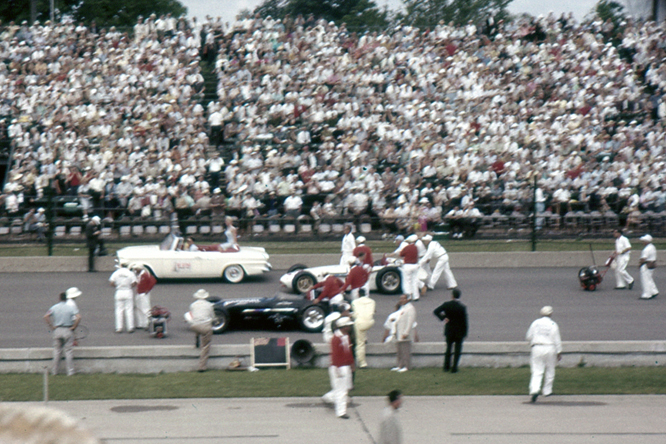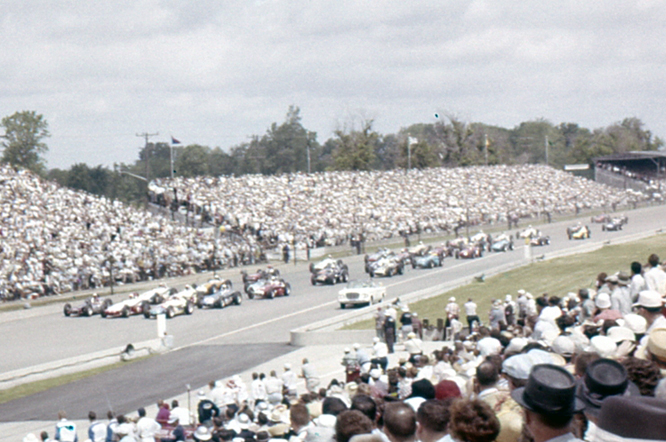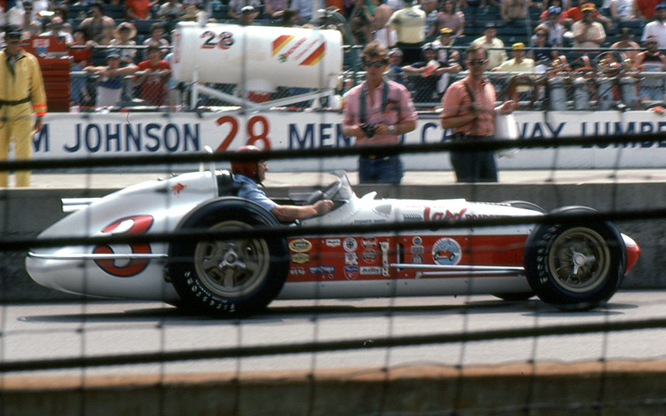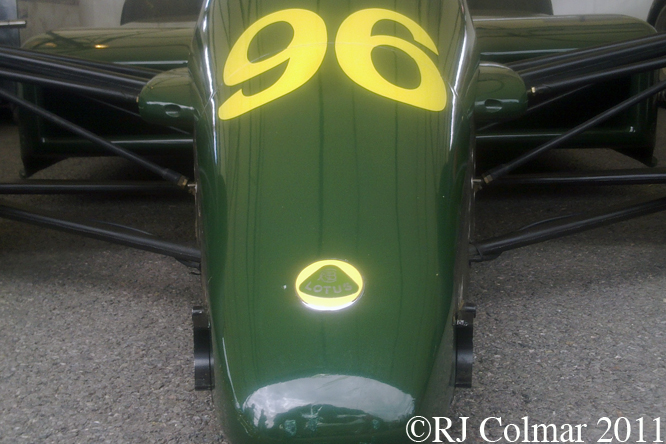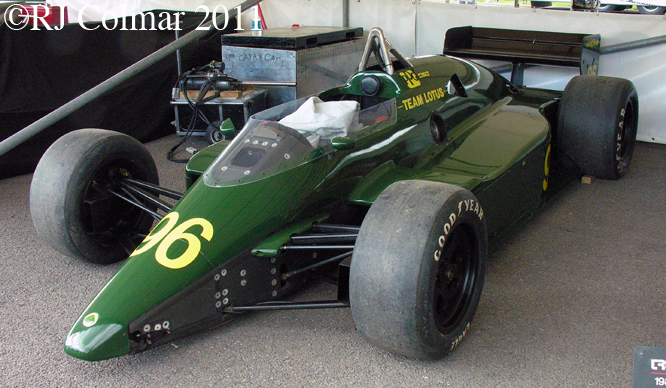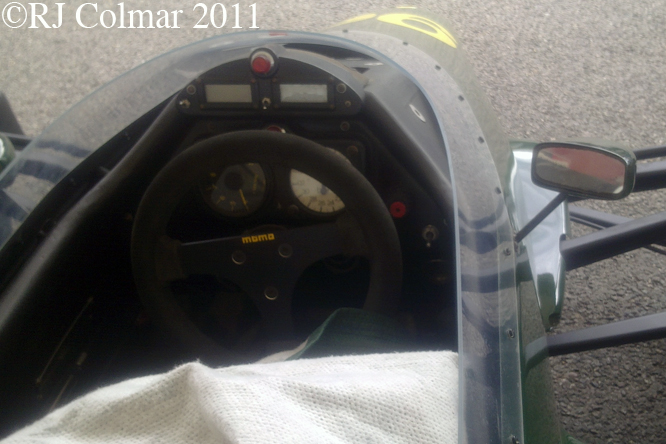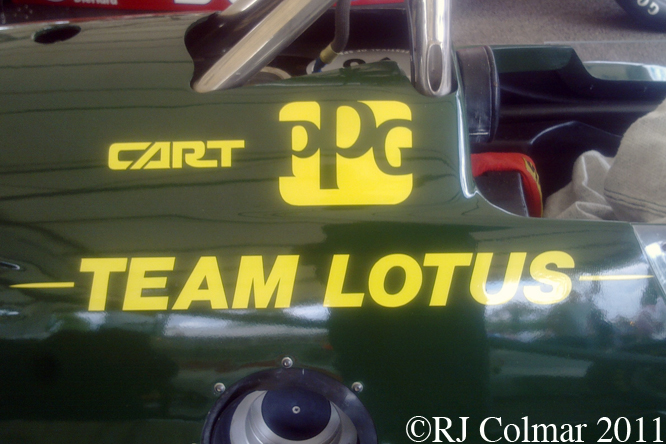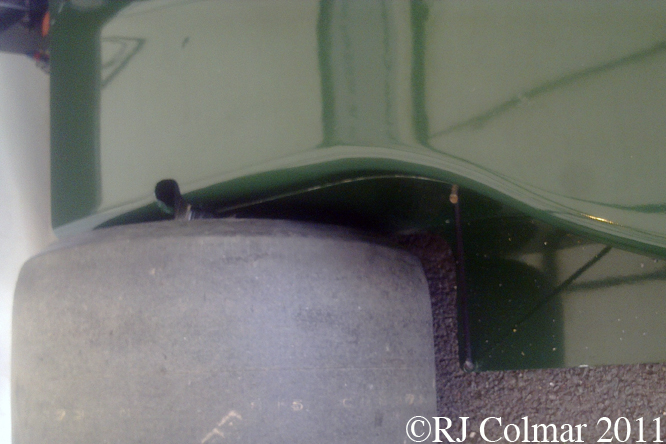I’m not sure exactly how many dozens of race meetings I attended between 1985 and 1992, certainly dozens, but curiously I only took one photograph of a Ferrari on track, of the 250 GT SWB Berlinetta coming round Surtees bend at Brands Hatchs seen below.
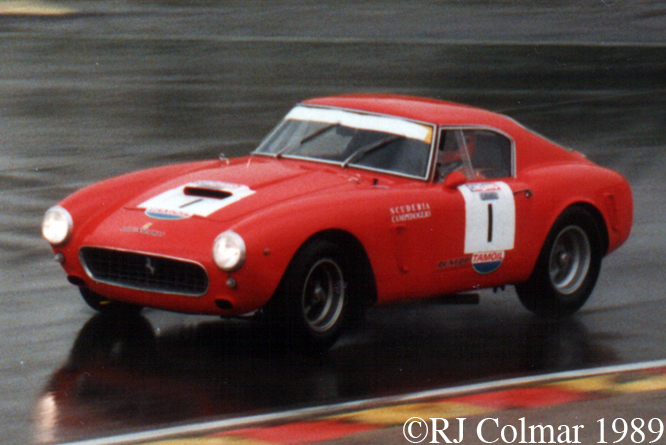
The prototype 250 GT SWB Berlinetta was first show to the public at the 1959 Paris Auto Show, sans front wing/fender cooling ducts, vents, indicators and recessed number plate holder on the boot / trunk.
Sergio Pininfarina is said to have referred to the 250 GT SWB Berlinetta as “the first of out three quantum leaps in design with Ferrari.” The bodies were manufactured by Scaglietti where like true craftsmen employees typically worked without drawings.
Power was provided by the latest 250 – 280 hp 168B Colombo 60º V12 which can be identified by additional cylinder head studs. The 250 GT SWB Berlinetta was the first Ferrari model to be offered with disc brakes.
167 Ferrari 250 GT SWB Berlintta’s were built between 1959 and 1963 originally with aluminium bodies “Competizione” bodies and later with steel “Lusso” bodies, some steel shelled cars are also known to have been delivered with Competizione features just to keep things interesting for historians.
Stirling Moss is credited with scoring the SWB’s first significant overall win driving Rob Walkers distinctive blue car with a white nose band in the non Championship 1960 Tourist Trophy. The following year the GT SWB Berlinetta won the GT Class of the Constructors Championship for Ferrari.
Identifying the #1 car above has proved to be another fascinating adventure, At The Nostalgia Forum Peter Stenning recognised this as a Scuderia Campidoglio vehicle driven by Fabrizio Violati and Tim Murray came up with the 1989 FIA GT Championship as the event held at Brands Hatch.
It was suggested at FerrariChat that the #1 was chassis #2021GT, but that car is credited as having been driven to victory, in the same race as seen here, as the #2 with Lindsay Owen-Jones at the wheel.
The #1 and #2 cars looked more or less identical in the race, however during practice the #1 carried a white band across the yellow sunstrip and more importantly the #1 features the original door type with a bent top rail that was straightened on some of the later cars. This eliminated #2021 and another 250 GT SWB #2443GT which had also passed through Fabrizio Violati’s hands.
Finally I managed to pin down the identity of the early door 250 GT SWB Berlinetta in my photograph as most likely to be #2025
#2025 was originally purchased by Edoerdo Lualdi in 1960 who won several class victories on the Italian Hillclimbing circuit in 1960 and 1961, in mid 1961 Luciano Conti acquired the car and continued its successful career on the Italian Hills until the end of 1961.
The following year turned up badly wrecked in Sicily and it’s motor was removed and sold to some one in the USA to be replaced by a motor from a 250 GT Lusso.
Fabrizio Violati acquired the #2025 in 1976 and so far as I know the car is in the Maranello Rosso Museum, founded like Ferrari Club Italia by Violati with the cooperation of Enzo Ferrari.
Violati came to prominence after being photographed jumping 12 barrels with a Vespa Scooter aged 16. After a racing car accident put him in hospital for six months, Fabrizio’s family put a stop to his racing exploits in 1959. He purchased a Ferrari 250 GTO while on honeymoon in Monaco in 1965. Fabrizio has the record for continuous ownership of a 250 GTO.
While mounting an unsuccessful attempt on the 1975 Admirals Cup yacht race Fabrizio started collecting cars including three different 250 GT SWB Berlinetta’s and eventually started competing in historic events with them.
In 1984 he was summoned by Enzo Ferrari to start Ferrari Club Italia and given permission to use the Maranello Rosso name for his collection of cars in San Marino.
Fabrizio who was crowned 1985 European FIA Historic Champion, passed away aged 74 in 2010.
My thanks to Peter Stenning, Tim Murray, Terra and Daytonasme for their help in tracking the identity of today’s featured car.
Thanks for joining me on this ‘Early Doors’ edition of “Gettin’ a li’l psycho on tyres’ I hope you will join me again tomorrow when I’ll be featuring the still born Lotus Indy Car. Don’t forget to come back now !
PS subsequent to my original post the story behind the fate of the original #2025GT motor with photographic evidence has come to light at FerrariChat, turns out the original motor for the car featured today now sits in another 250GT SWB Berlinetta Competizione chassis #1953, for more details see this link.

